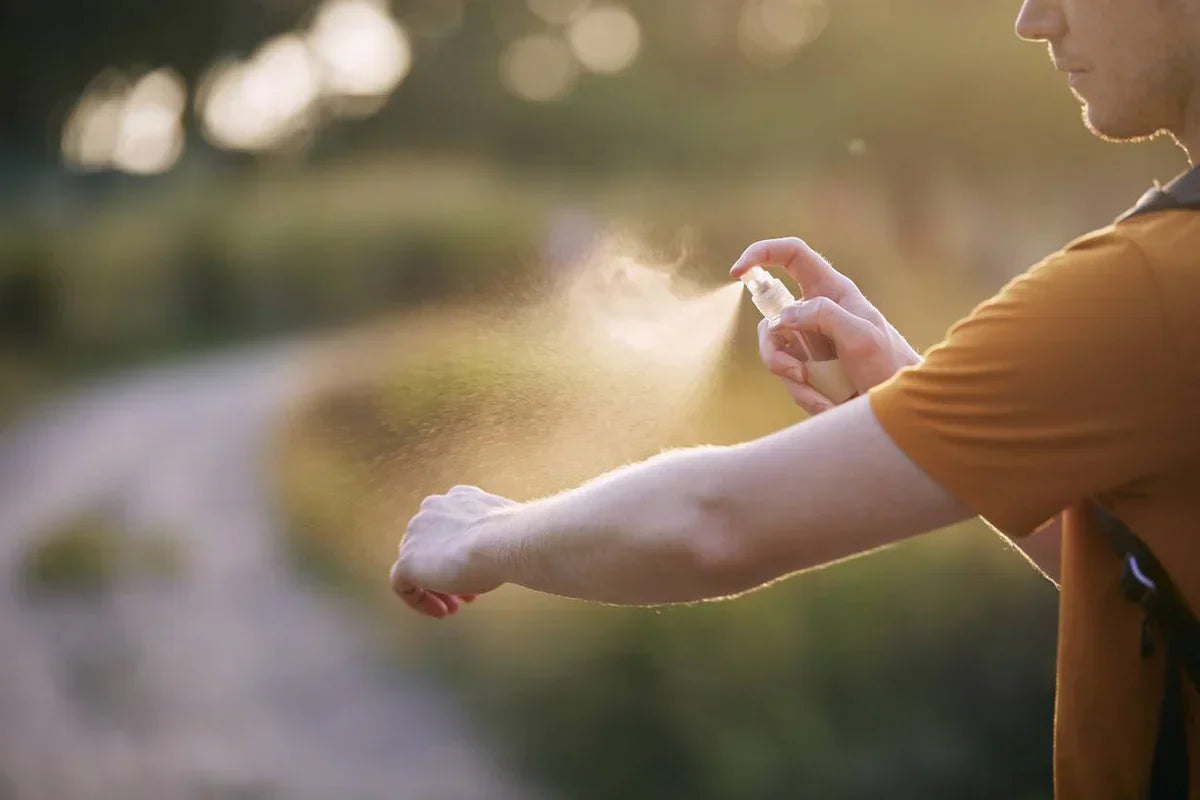
When you're spending time outdoors, especially in areas with high mosquito activity or risk of insect-borne diseases, applying insect repellent is a smart choice. But a common question arises: Can insect repellent be reapplied safely and regularly? The answer depends heavily on the type of active ingredient used, as well as the age and health status of the person applying it.
Not All Insect Repellents Are Created Equal
There are two main categories of insect repellents: chemical-based and natural (plant-based). While both types can be effective in repelling mosquitoes and other insects, their safety profiles—especially when it comes to repeated application—are very different.
Chemical-Based Repellents: Use With Caution
The most well-known chemical-based repellents include:
-
DEET (N,N-Diethyl-meta-toluamide)
-
IR3535 (Ethyl butylacetylaminopropionate)
-
Picaridin (also known as Icaridin)
While these ingredients are effective at repelling insects, they are not intended for frequent or heavy reapplication. Overuse can lead to skin irritation, neurotoxic effects, and other systemic side effects, particularly in vulnerable populations like young children and pregnant women.
Key Risks:
-
DEET: Though approved for use, high concentrations or frequent applications can lead to rashes, disorientation, and in rare cases, seizures.
-
IR3535 and Picaridin: Generally milder than DEET, but still not recommended for regular reapplication throughout the day. Not recommended for children under 2 year, and caution is advised for children and pregnant women.
Health authorities recommend following the label directions strictly and avoiding overuse, especially when using these synthetic ingredients.
Natural Repellents Like Citrepel (PMD): A Safer Choice for Regular Use
If you’re looking for a repellent that’s safer to reapply throughout the day, plant-based options—especially those containing Citrepel® (PMD)—are a much better alternative.
What is Citrepel (PMD)?
Citrepel, also known as PMD (para-Menthane-3,8-diol), is a naturally derived compound from Java Citronella oil. It offers long-lasting protection without the toxic concerns linked to chemical repellents.
Why PMD Is Safer:
-
Low skin absorption, reducing the risk of systemic effects.
-
Non-toxic and biodegradable.
-
Approved for use on children as young as 6 months.
-
Considered safe during pregnancy.
-
Can be reapplied as often as needed without significant health risks.
This makes Citrepel-based repellents ideal for families, outdoor workers, and anyone needing consistent protection throughout the day.
Always Consider the User
When choosing a repellent and how often to apply it, consider the user:
-
Babies and toddlers: Stick with PMD-based repellents; avoid DEET, Picaridin and IR3535.
-
Pregnant or breastfeeding women: Avoid synthetic chemicals; opt for PMD.
-
People with sensitive skin or allergies: Natural repellents are less irritating to the skin.
Final Thoughts
Can insect repellent be reapplied safely and regularly? The answer is: only if you're using the right kind. Chemical repellents like DEET, IR3535, and Picaridin should be used sparingly and in line with label instructions. However, natural repellents with Citrepel (PMD) provide a safer, non-toxic alternative that can be used more freely—even on children over 6 months and pregnant women.
When in doubt, read the label, know the active ingredient, and choose a product that aligns with your needs and safety requirements.
To see the full range of Mosquito Repellents that THEYE offers click here.
